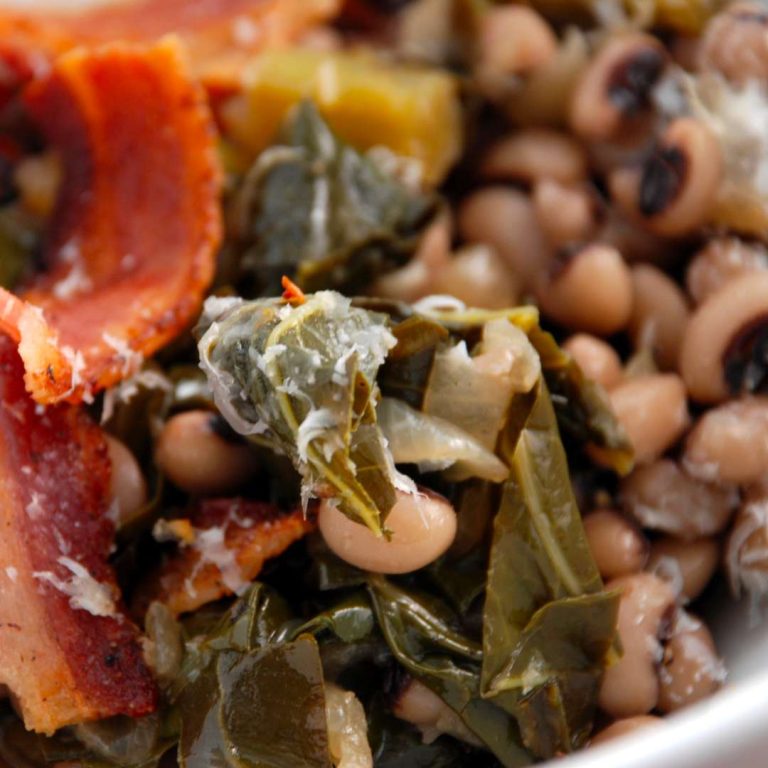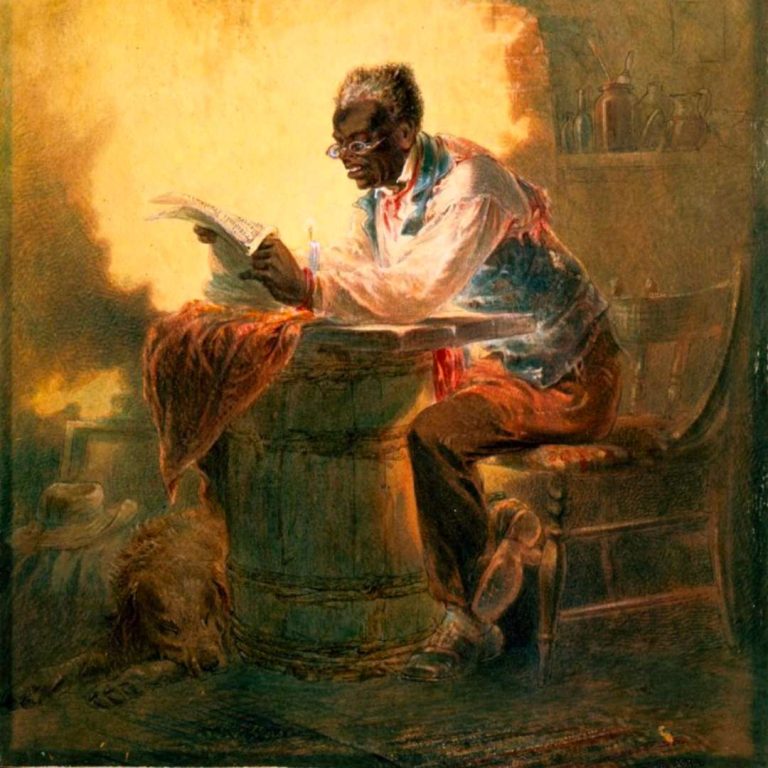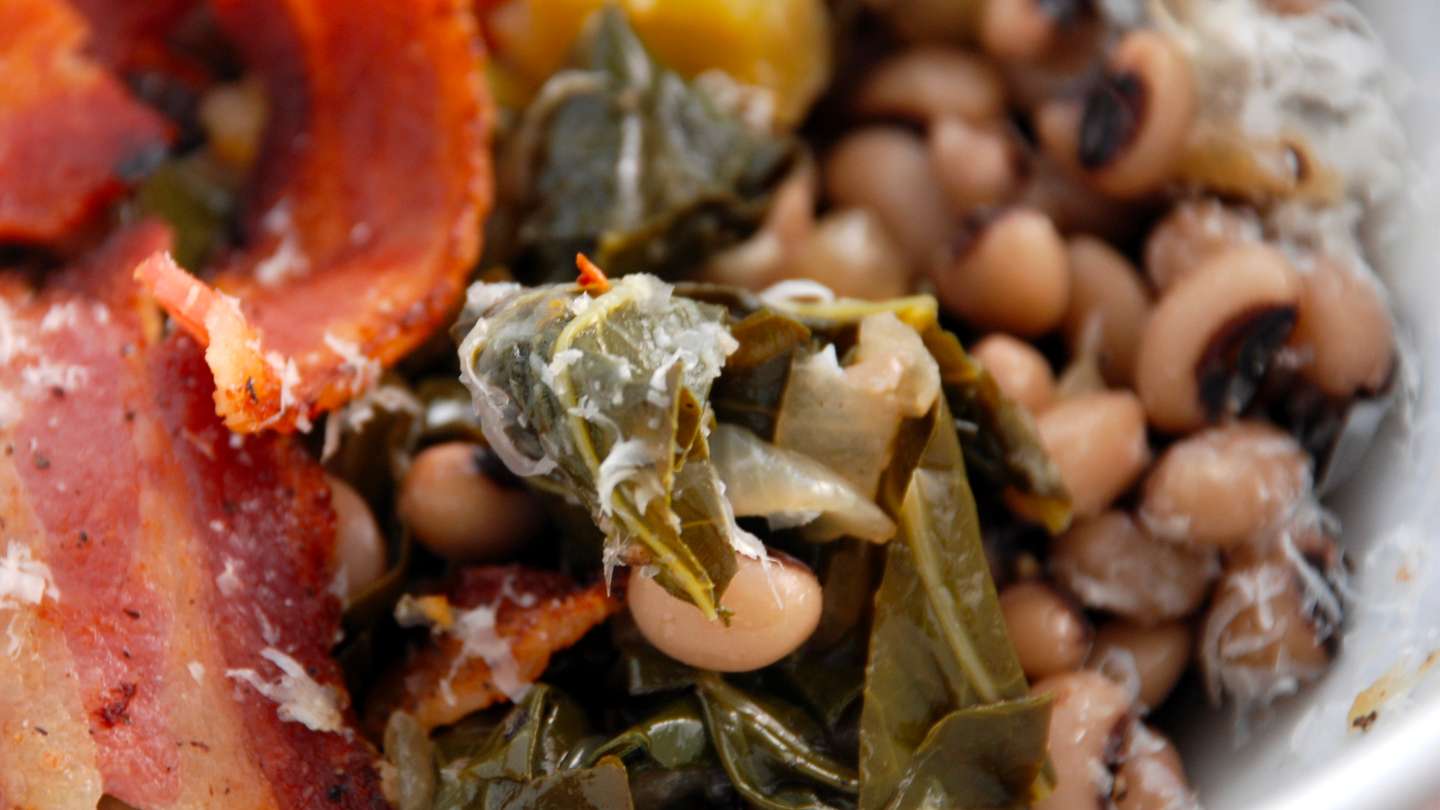In early colonized America, New Year’s Day was celebrated on March 25th, following the Julian calendar used in Europe since antiquity. It was not until 1752 when the beginning of year was switched to the Gregorian calendar (losing eleven days in the process) that the first of the year became January 1st. In other cultures, the New Year varies in its beginning, from the Spring equinox in the Zoroastrian tradition, to early winter in the Chinese lunar calendar to the Fall in Judaism.
As in other cultures, certain traditions were followed on New Year’s Day in colonial America—many of which placed the day above Christmas as a festive day. At the time Christmas was often observed, particularly in Puritan regions like Connecticut, as a solemn religious holiday so it was New Year’s Day that was a day for visiting and enjoying treats a practice first observed by those of Dutch descent in the New York Colony.
Nieuwjaarskoeken, a thin, crispy cinnamon flavored cookie imprinted with a design imprinted on both sides was eaten topped with whipped cream. Spiced wine was often shared among young women in a traditional called “wassailing.”

Sauerkraut was a common food for German Americans, while Southerners ate Hoppin’ John a dish of black-eyed peas flavored with salted pork or bacon and served with rice and mixed greens—featuring ingredients that came to North America with enslaved Africans and adopted universally.
Plate of Hoppin’ John
Today Americans in the South still eat Hoppin’ John on New Year’s Day for luck—a practice also followed by people in the Caribbean in various culinary iterations.
For the enslaved, New Year’s Day, was also called “Hiring Day” or “Heartbreak Day” because it was when debts of the previous year were settled among the White community. Enslavers would sell or hire out their human chattel to pay these debts, removing enslaved people from their community and family groups.

In 1862, New Year’s Day took on a different meaning with the enforcement of the Emancipation Proclamation declaring the end of enslavement in America on January 1st, 1863. On December 31st, 1862, the enslaved stayed up late through the night, waiting for sunrise and news of freedom. Today the day is celebrated as “Watch Night” in many Black communities.
Illustration of a slave staying up for Watch Night
Hoppin’ John Recipe
For the Beans
- ½ pound of bacon or ½ pound of pancetta diced into small pieces. Note: Bacon may be omitted. If omitting, use 1 tablespoon vegetable oil in its place
- ½ onion, minced
- 1 celery stalk, white part trimmed, and minced
- ½ green bell pepper, stemmed, seeded, and minced
- 2 garlic cloves, minced
- 1 cup dried black-eyed peas, soaked overnight in 3 cups of water or 1 can of black-eyed peas, rinsed
- ¼ teaspoon cayenne pepper
- 2 springs fresh thyme or 1 teaspoon dried thyme
- 1 bay leaf
- ½ teaspoon black pepper
- 1 teaspoon of coarse salt or more to taste
- 3 cups vegetable or chicken stock
For the Greens
- ¼ pound of bacon or ½ pound of pancetta diced into small pieces or ¼ pound turkey bacon
- ½ onion, minced
- 1 garlic clove minced
- 6 cups of washed and trimmed greens of your choice: collard, turnip, kale, mustard or escarole
- ½ teaspoon salt or more to taste
- 2 cups chicken or vegetable broth or water
Cooked rice to serve.
Make the Hoppin’ John
- Heat a large saucepan over medium heat and add the bacon. Cook until crispy and the fat is rendered. If omitting bacon, or if using, turkey bacon use 1 tablespoon of vegetable oil.
- Once fat is rendered from the bacon, add the onion, celery and bell pepper. Cook until softened, about 5 to 6 minutes.
- Add the garlic and cook 1 minute more.
- Stir in the black-eyed peas and cayenne.
- Add the thyme, bay leave, salt and pepper, and stock. Simmer, uncovered, 1 to 1 ½ hours for dried peas and 30 minutes for canned.
Make the Greens
- Heat a large saucepan over medium heat and add the bacon. Cook until crispy and the fat is rendered. If omitting bacon, or if using, turkey bacon use 1 tablespoon of vegetable oil.
- Add onion and cook until softened, about 5 to 6 minutes. Add the garlic and cook for 1 minute more.
- Stir in the greens and stir well. Cook until the greens are just wilted, about 3 to 4 minutes. Stir in the salt
- Add the vegetable or chicken stock and stir well. Simmer on low for 30 to 40 minutes, uncovered.
- Ladle beans over cooked rice in a bowl. Add greens on the side of the rice.
Learn More
Wassail Recipe from Colonial Williamsburg
The Historical Legacy of Watch Night
Lewis Clark’s Account of Hiring Day, 1842 from The Antislavery Standard

